Reading Comprehension Teaching Resources
Explore printable reading comprehension worksheets, digital activities and more to teach reading comprehension strategies in your primary classroom. Created by teachers, for teachers, the teaching resources in this collection are aligned with the Australian curriculum and have undergone a careful review by a member of our expert teaching team.
You'll find editable versions to easily differentiate your instruction for individual students, plus various options to make your lesson planning easier this school year!
New to teaching this portion of the English curriculum or just looking for fresh and engaging ways to teach reading comprehension strategies? Read on for a primer from our teacher team, including a simple definition of reading comprehension, a look at different strategies students can use and more!
What Is Reading Comprehension?
We'll start at the beginning! Reading comprehension is a skill that's hard to overestimate in terms of its importance for early years students to develop.
Defined as the ability to understand and interpret written language, reading comprehension involves the process of decoding text, extracting meaning from it, and then integrating that meaning with prior knowledge and understanding.
Not only does comprehension comprise the ability to recognise and understand individual words, but it also involves the ability to recognise patterns and relationships within sentences and paragraphs, as well as the ability to make inferences and draw conclusions based on the information presented.
This isn't just important for reading, of course.
Comprehension is all about making meaning, and it includes various levels of understanding, including:
- Literal
- Inferential
- Evaluative
- Critical
If you think about it, we rely on these skills on a daily basis — when we notice the stooped shoulders of a partner as they walk in the door or when we listen to the weather report and observe how heavily laden the sky is with grey clouds.
To develop those same skills in a reading context, our students need to build a variety of language skills, such as vocabulary knowledge, grammar and syntax, as well as cognitive processes, such as attention, memory and critical thinking.
So how do they get there? Let's talk strategies!
What Are Reading Comprehension Strategies?
As you well know, students don't start off being able to comprehend every single thing they read. But teaching them strategies to understand better and retain information will allow them to go from recognising individual words to understanding a range of texts.
Some common reading comprehension strategies include:
- Previewing — This is the process of skimming the text before reading it in detail to get an overall sense of what it is about.
- Activating Prior Knowledge — Students can draw on existing knowledge and experience to help them understand new information, such as a new text.
- Making Connections — This strategy focuses on teaching students to make connections between a text and their own experiences and understandings. Research into the science of reading has shown enhanced comprehension when students are able to connect new information to information they already know.
- Questioning — In this comprehension strategy, students ask and answer questions to clarify the meaning of the text and deepen their understanding. When you centre questioning activities around the familiar open-ended prompts of who, what, when, where, how, why, and which, students assert their understanding and identify any gaps in their comprehension of the text. Questions can be posed by a teacher, by their peers, or by the students themselves.
- Visualising — Visualisation provides both teachers and students with another means to extend their exploration of a text and deepen understanding. This reading comprehension strategy asks students to create and describe an image in their mind, centered around a place, situation, or character in the text. Visualising has been proven in research to improve student recall! Using the five senses is a great way to scaffold student comprehension through visualising.
- Summarising — Summarising is a reading comprehension strategy that asks students to reflect on the text and communicate their understanding of it. A well-formed summary is made up of the main idea of the text and the key details that support the main idea, showing that the student has understood what they’ve read well enough to write a summary that’s not merely a repetition of the text.
- When summarising, students may complete one or more of the following:
- Recount the text in their own words
- Identify the main idea, topic or purpose
- List key words or phrases
- Identify structural elements of the genre
- Using the SWBST process can help students with this reading comprehension strategy. The steps in the SWBST process are:
- Somebody
- Wanted
- But
- So
- Then
- When summarising, students may complete one or more of the following:
- Inferring — The process of drawing conclusions based on clues or evidence presented in the text is called inferring, and it involves readers using what they know and pairing it with what they read in the text to make a conclusion. You may also call this 'reading between lines!'
- Monitoring Comprehension — When monitoring comprehension, students reflect on and assess their understanding as they progress through the text. In this metacognitive process, students may ask themselves questions like 'Is this making sense?' or 'Do I need to read this again?'
- Some comprehension strategies that may be effective may include going back to reread a section of a text, slowing down or speeding up your reading rate, and using text features to help understand difficult parts of a passage. All of these are active reading strategies that students can do to help them better understand what they are reading, while they are reading!
- While monitoring asks students to identify hurdles and barriers, students also benefit from connecting this reading comprehension strategy with explicit strategies to help them pass their hurdles.
All of these comprehension strategies can be taught and practised explicitly.
- Plus Plan
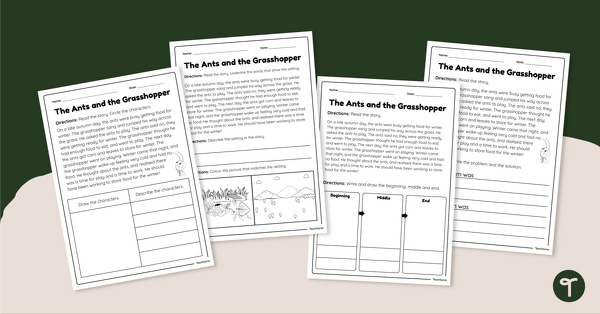
Story Elements Worksheets – The Ants and the Grasshopper
Practise identifying the story characters, settings and main events with this set of worksheets based on a traditional tale.
- Plus Plan
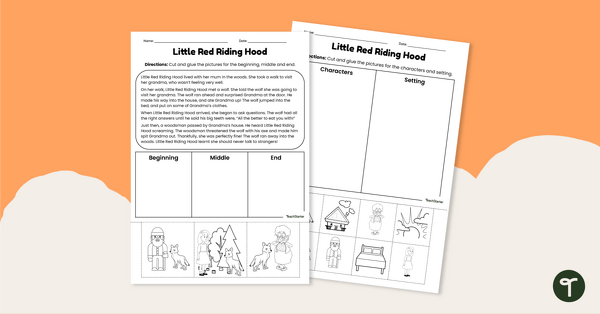
Story Elements Cut and Paste Worksheets – Little Red Riding Hood
Explore story characters, settings and main events with this set of cut-and-paste worksheets based on a well-known fairy tale.
- Free Plan

Nonfiction Summary Checklist
Give your students a checklist when summarising nonfiction texts to make sure they include everything required.
- Plus Plan
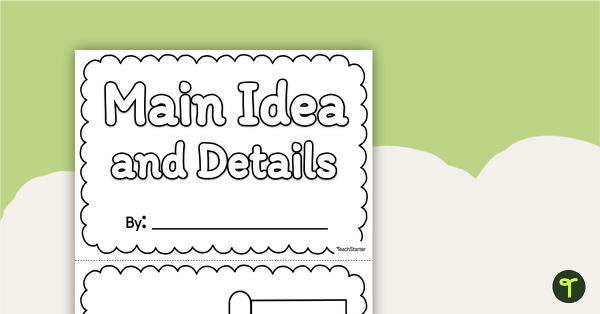
Main Idea and Details Mini-Book
Practise identifying the main idea and supporting ideas in a variety of texts by completing this mini-book.
- Plus Plan
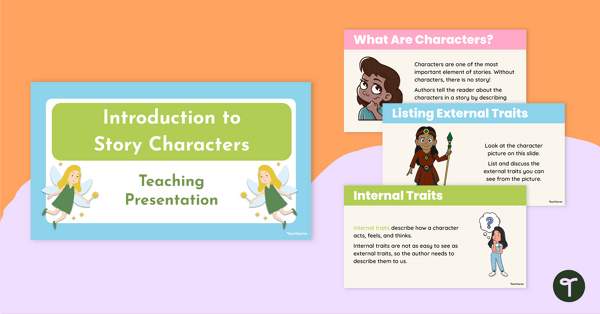
Introduction to Story Characters Teaching Slides
Introduce your students to the wonderful world of story characters with this visually appealing teaching presentation.
- Plus Plan

Debating and Scrutinising Bills - Comprehension Worksheets
Explore how bills are debated and scrutinised in the Australian Federal Parliament with this differentiated reading comprehension activity.
- Plus Plan
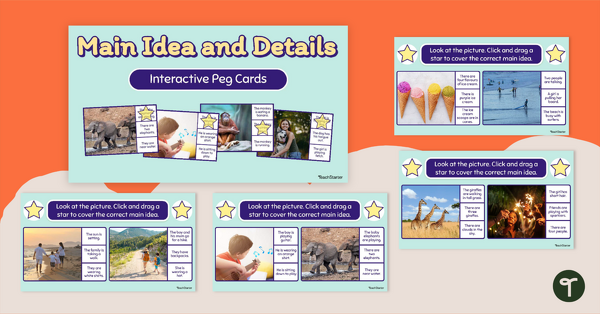
Main Idea and Details - Interactive Peg Cards
Practise identifying the main idea with these interactive peg cards.
- Plus Plan
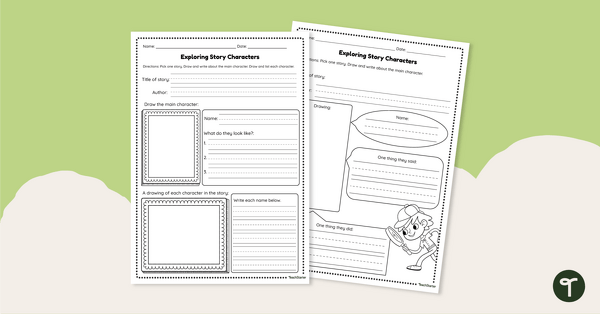
Exploring Story Characters - Worksheets
Explore the defining features of story characters with this differentiated worksheet.
- Plus Plan
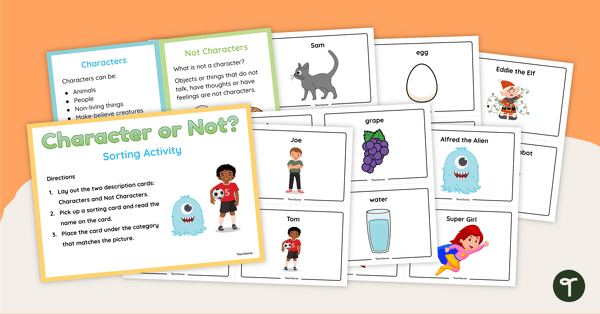
Character or Not? - Sorting Activity
Explore the difference between characters and non-characters with this hands-on sorting activity.
- Plus Plan
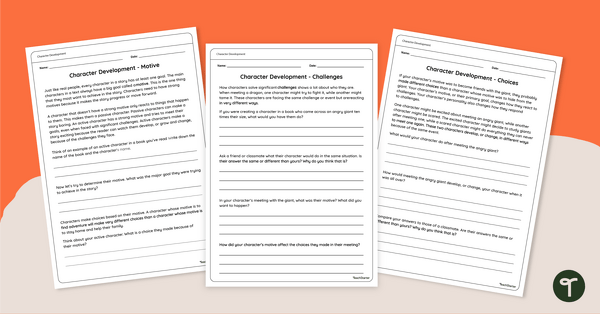
Character Development - Worksheet
Describe how characters in a story develop in response to major events and challenges with this 3-page character development worksheet.
- Plus Plan
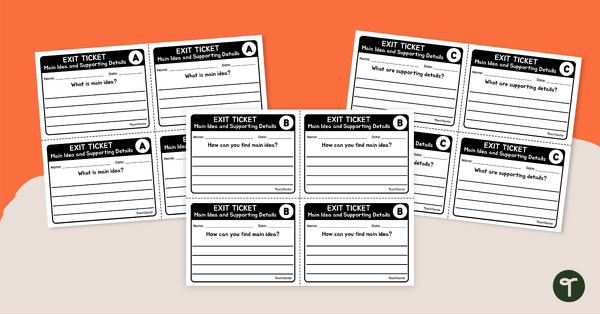
Main Idea Exit Tickets
Check for understanding of the main idea and supporting detail with these exit tickets.
- Plus Plan
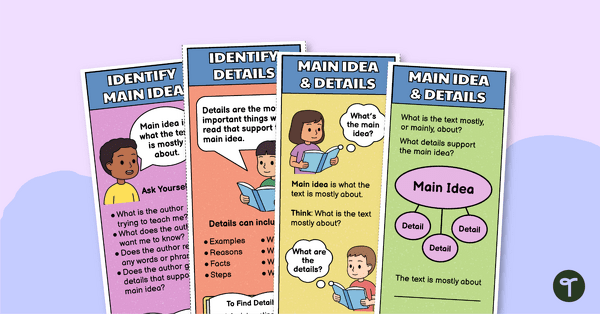
Main Idea and Supporting Details Bookmarks
Learn about how to find the main idea and supporting detail in texts with these printable bookmarks.
- Plus Plan

Story Setting or Not? - Sorting Activity
Explore the difference between story settings and non-settings with this hands-on sorting activity.
- Plus Plan

Finding the Central Idea Worksheet
Read a short article, answer 10 comprehension questions, and use the gathered knowledge to write a central idea sentence about the text.
- Plus Plan
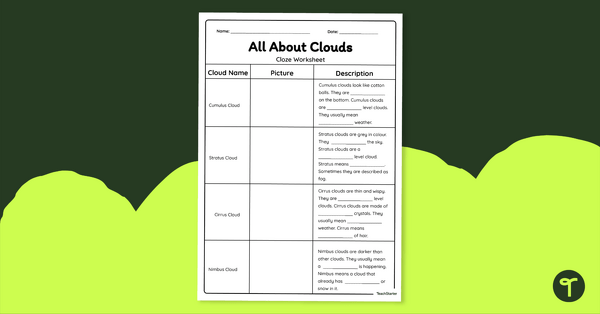
All About Clouds - Cloze Worksheet
Strengthen student understanding of different cloud types with this cloze reading worksheet.
- Plus Plan
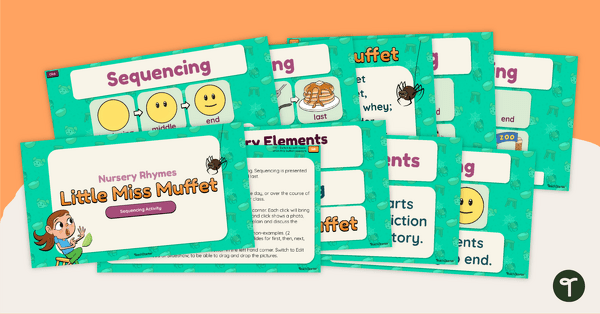
Narrative Sequencing Teaching Presentation - Little Miss Muffet
Engage young readers in texts and learn about narrative sequencing with a teaching presentation featuring the Little Miss Muffet nursery rhyme.
- Plus Plan
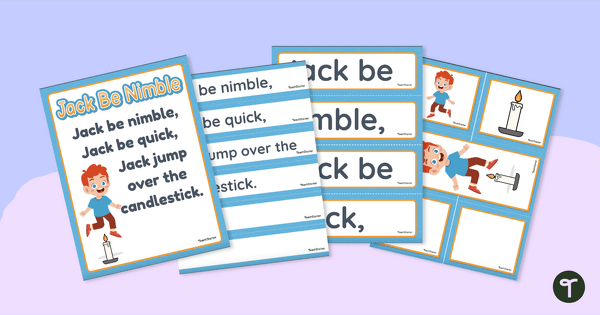
Jack Be Nimble - Sequencing Cards
Read and retell the story within the Jack Be Nimble tale with a set of retelling sequencing cards.
- Plus Plan
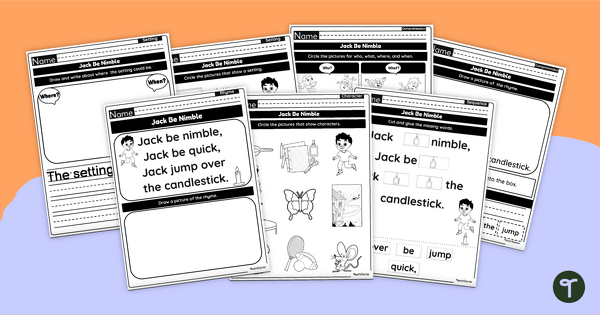
Jack Be Nimble Worksheets
Identify characters, settings and parts of a story with early years reading worksheets featuring the Jack Be Nimble nursery rhyme.
- Plus Plan
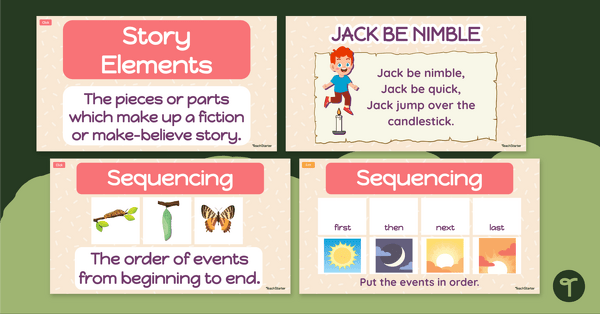
Narrative Sequencing Teaching Presentation - Jack Be Nimble
Engage young readers in texts and learn about narrative sequencing with an instructional slide deck featuring the Jack Be Nimble nursery rhyme.
- Plus Plan
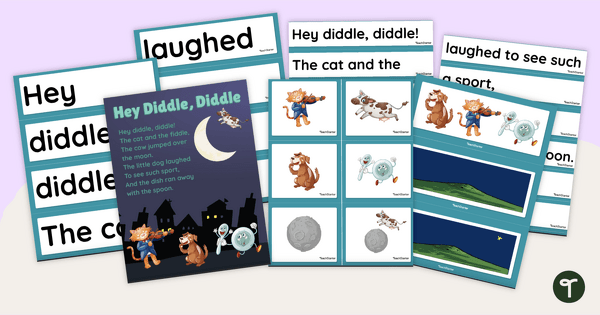
Hey Diddle Diddle Sequencing Activity Cards
Read and retell the story within the Hey Diddle Diddle tale with a set of retelling sequencing cards.
- Plus Plan
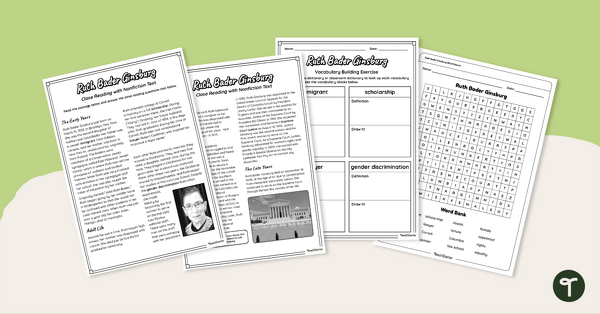
Ruth Bader Ginsburg Comprehension Activity
Learn about Ruth Bader Ginsburg, a famous women's rights advocate, with a reading comprehension passage, assessment, and vocabulary practice worksheets.
- Plus Plan
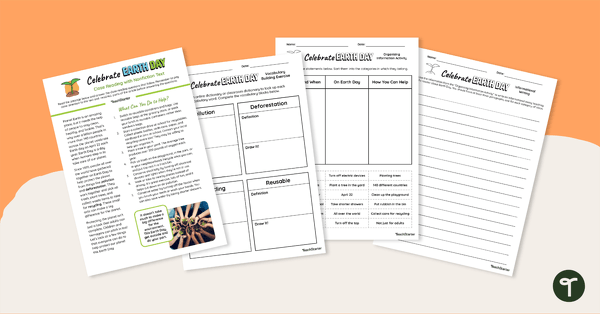
Earth Day Comprehension and Cloze Worksheets
Enhance your students' comprehension, vocabulary, and writing skills with this nonfiction Earth Day passage and accompanying activities.
- Plus Plan
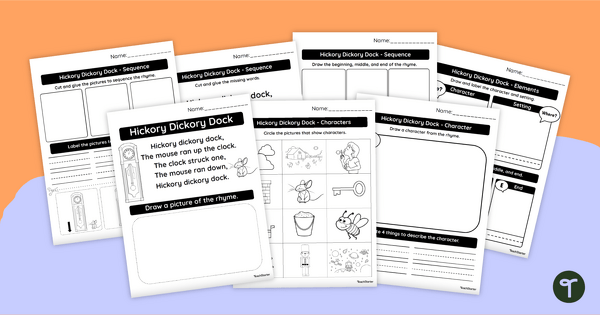
Narrative Features Worksheets - Hickory Dickory Dock
Identify characters, settings and parts of a story with early years reading worksheets featuring the Hickory Dickory Dock nursery rhyme.
- Plus Plan

Narrative Features Teaching Presentation - Hickory Dickory Dock
Engage young readers in texts and discover parts of a story with an interactive version of Hickory Dickory Dock.
- Plus Plan
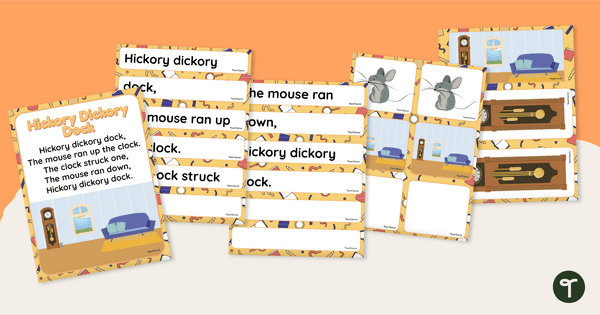
Hickory Dickory Dock Sequencing Activity Cards
Read and retell the story found within the nursery rhyme Hickory Dickory Dock with a set of retell sequencing cards.
- Plus Plan
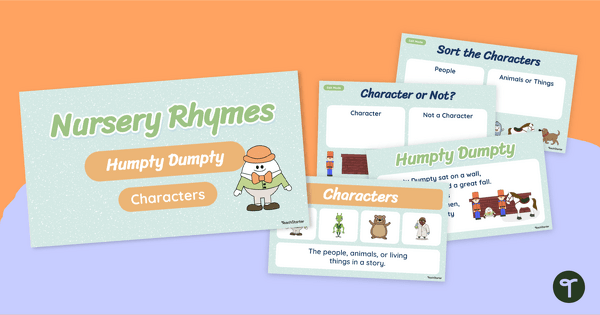
Narrative Characters Teaching Presentation - Humpty Dumpty
Engage young readers in texts and learn about characters with an instructional slide deck featuring the Humpty Dumpty rhyme.
- Plus Plan
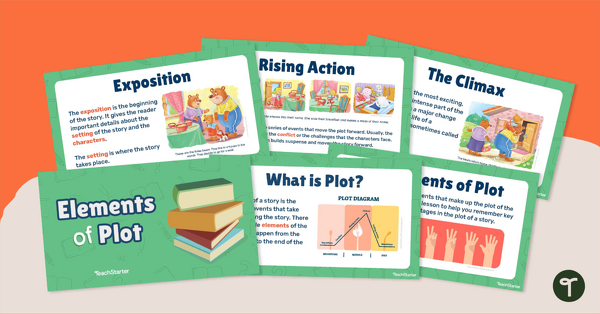
Elements of Plot Teaching Presentation
Teach your students about the elements of a story with this engaging teaching presentation.
- Plus Plan
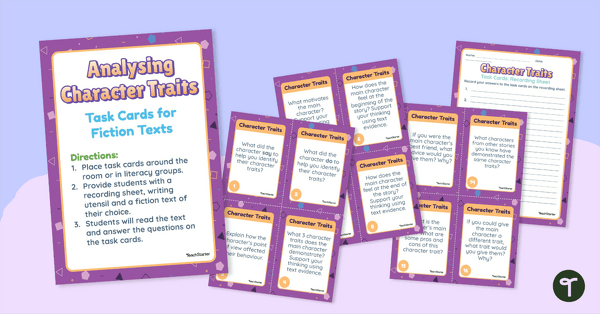
Character Analysis Task Cards
Use these task cards to practise analysing characters within any fictional text.
- Plus Plan
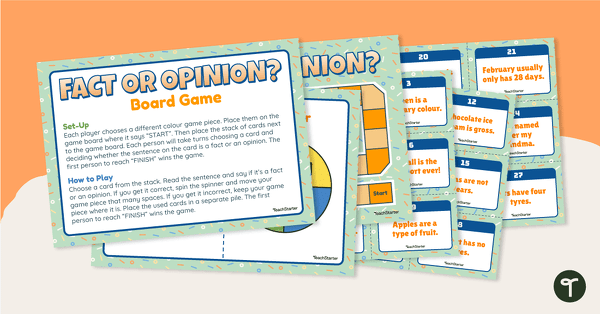
Fact and Opinion Board Game
Practise differentiating between fact and opinion with a fun and engaging board game.
- Plus Plan
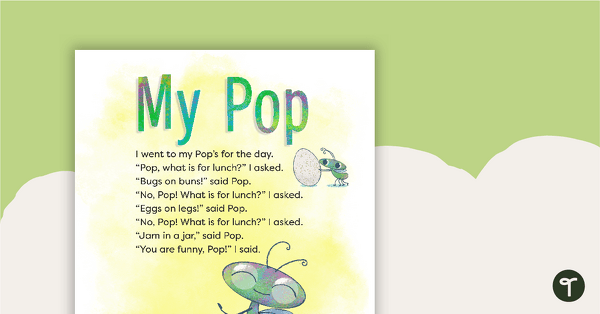
My Pop! - Read and Respond Worksheet
A cute narrative with accompanying worksheet.
- Plus Plan
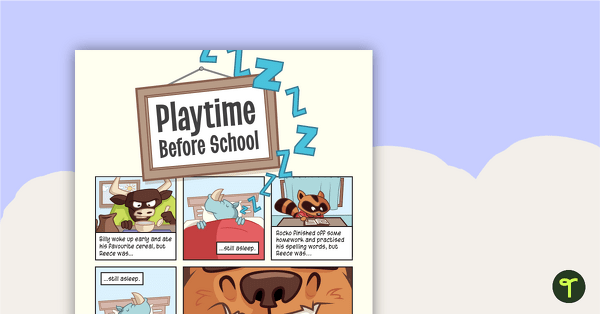
Playtime Before School – Worksheet
A comprehension worksheet for a comic from the Year 1 magazine (Issue 3).
- Plus Plan
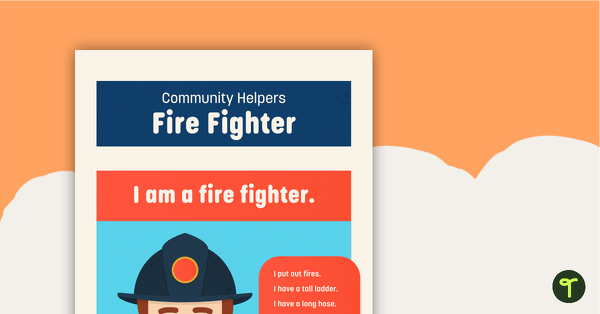
Community Helpers: Fire Fighter – Comprehension Worksheet
A comprehension worksheet for an article from the Foundation magazine (Issue 3).
- Reading Comprehension Worksheets
- Reading Comprehension Templates
- Reading Comprehension Posters
- Reading Comprehension Teaching Presentations
- Reading Comprehension Games
- Reading Comprehension for Foundation Year
- Reading Comprehension for Year 1
- Reading Comprehension for Year 2
- Reading Comprehension for Year 3
- Reading Comprehension for Year 4
- Reading Comprehension for Year 5
- Reading Comprehension for Year 6
- Reading Comprehension for Year 7